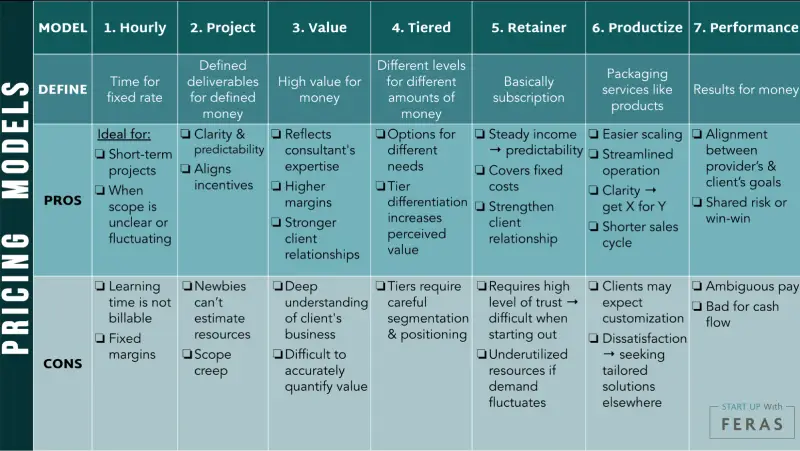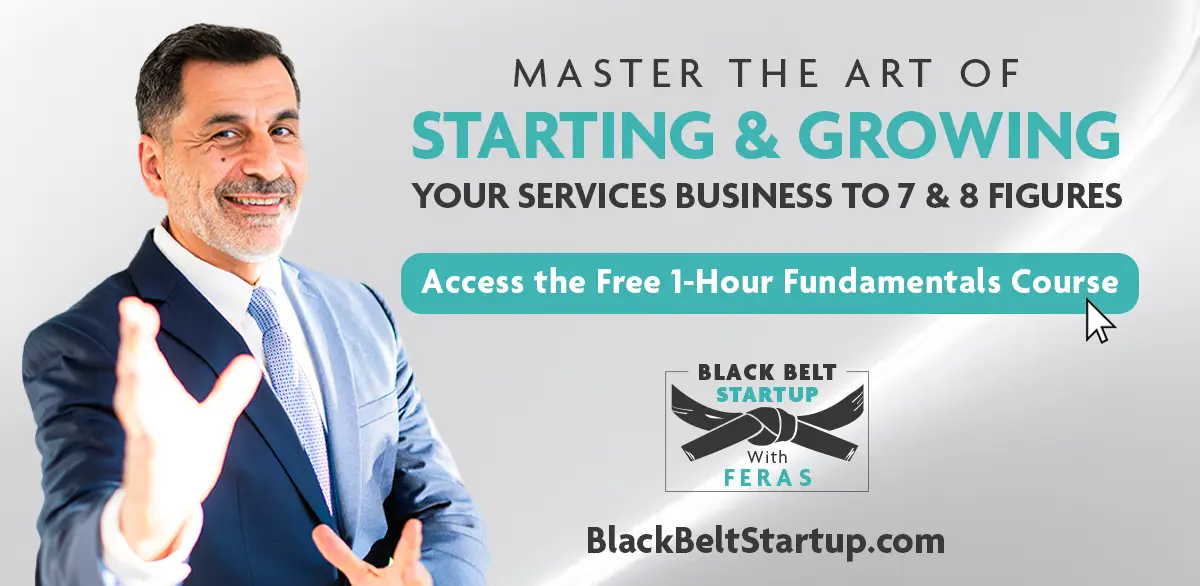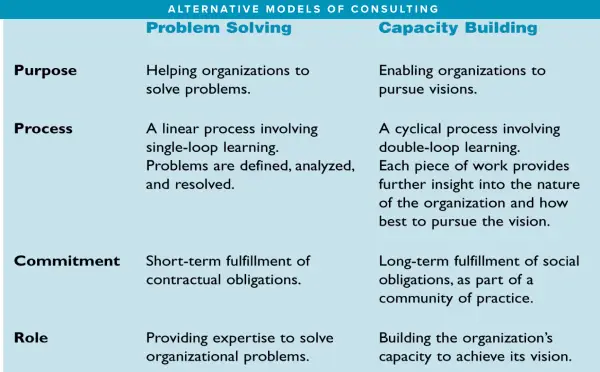Are You Leaving Money on the Table?

Good Morning!
This last Thursday, I gave the keynote at Santa Clara University’s Bronco Venture Prep Accelerator class graduation. The room was full of early-stage founders, faculty, and a few VCs.
I shared a mix of encouragement and a few hard-earned lessons, and I nudged them to think big. Starting something is hard. Sticking with it? Even harder. But if these graduates can stay in the game and keep showing up, that’s where real momentum builds.
On the Mat
- Are You Leaving Money on the Table?
- Hiring When You’re Not the Expert
- How a First-Time Founder Built His Company to Be Sellable
- Consultants as Problem Solvers or Capacity Builders?
- How to Use Demos to Sell Services
- 9 Tips for New Graduates to Break Into the Workforce
Let's Train
Are You Leaving Money on the Table?
Tom and Timmy offer basically identical services. Yet Tom charges $500 while Timmy pockets $2,000.
Why the stark difference?
How do some consultants command higher fees and still attract clients?
I was once helping a highly qualified language instructor grow his small business. After a few months, I suggested doubling his prices.
He freaked out. "What if my students leave?"
I explained, "Even if half of them do (unlikely), you'll earn the same for half the effort."
He was skeptical but made the change. The result was transformative.
The key is knowing when and how to adjust your pricing.

Here are 7 effective pricing models you can adopt:
- Hourly Pricing: Charging based on time spent. Simple but limits your income potential.
- Project-Based Pricing: Fixed pricing for clearly defined deliverables. Good for predictability, but watch out for scope creep. You don't want to be putting in a lot of extra hours for the same money.
- Value-Based Pricing: Price based on the value your solution delivers. Ideal for experts with deep client insights.
- Tiered Pricing: Offering services at different levels or packages. Provides flexibility to match varying client needs.
- Retainer Pricing: Clients pay regularly for continuous service. Ensures predictable cash flow and fosters long-term relationships, but the number of hours that you actually have to work for the clients can vary widely and unpredictably month to month.
- Productized Pricing: Standardized packages clearly define what clients receive. Great for scalability and quick sales.
- Performance-Based Pricing: Clients pay based on outcomes. High-risk but highly rewarding if you produce the results that you promise.
Next week, we'll dive deeper into how and when to use each model effectively.
Worried you might be leaving money on the table? Check out my mini-course.
Ask Feras Recaps
Hiring When You’re Not the Expert
Jim, a seasoned data analytics consultant, recently started his own business after being laid off. Confident in his technical abilities, Jim recognized sales wasn’t his strong suit and reached out to me to explore hiring a salesperson to leverage their network and secure high-value clients.
🔥 Challenge:
Jim initially struggled to set clear expectations for the salesperson’s role and compensation, which risked causing confusion and ineffective results.
💡 Doing Right:
Jim was already proactive, tapping into his professional network and actively attending networking events. He also clearly recognized his own strengths in consulting and identified sales as an area needing additional support.
🛠️ Solution:
I advised Jim to clearly define the salesperson’s responsibilities—lead generation, introductions, meeting arrangements, and ongoing client follow-ups. We focused heavily on setting measurable expectations, like tracking calls and emails, ensuring responsiveness, and nurturing leads effectively. To align incentives and clarify expectations, I recommended establishing a compensation structure with a modest base salary plus commission. Additionally, I stressed the importance of documenting agreements clearly and consulting a lawyer to outline critical legal terms such as non-compete clauses and lead ownership.
📈 Progress:
Following our conversation, Jim gained clarity on creating a structured, mutually beneficial sales agreement. He also recognized the value of being involved personally in initial sales efforts to better set benchmarks for future hires.
Are you facing a similar hiring challenge? Remember to clearly define roles, measure key sales activities, and legally protect your business. Thoughtful planning and clarity pave the way to successful outcomes.
Details have been changed to protect anonymity and for storytelling purposes.
You Might Like These
Most founders build their business to survive. Jim Kaveney built his to be sold.
From day one, he had to treat his service business like a product: documenting processes, designing around outcomes, and making himself replaceable.
The result?
An acquisition that didn’t require a personal brand or investor buzz—just clarity and discipline. A sharp reminder that if you want options later, you have to build for them now.
Most consultants position themselves as problem-solvers—brought in to fix, then exit. But there’s another path: the capacity builder.
Instead of solving isolated issues, capacity builders help organizations develop the skills, habits, and insight to evolve from within. They’re not just experts—they’re partners in transformation.
If you're starting a services business, this distinction matters. Are you here to provide answers or to help clients ask better questions and grow over time?
The former gets projects. The latter builds relationships and long-term value.
Sharpen Your Blade
Most service businesses skip demos because they think it doesn’t apply to them. But demos aren’t just for SaaS or product businesses. They're about giving leads a taste of what it’s like to work with you.
Whether it’s showing a framework, previewing deliverables, or walking through a process, service demos build trust and make your value tangible.
The type of demo that you can provide can be as unique as your service offering, but in this video, I discuss how to use 4 types of demos in the sales process to increase your chances of closing.
- Software-based demo
- Physical or product-based service
- Non-physical service
- Process/support-based service
Founders also tend to unintentionally ruin demos and turn leads off by:
- Getting into too much detail and
- Using incorrect language with their audience.
If your sales calls feel flat, adding the right kind of demo might be your step away from getting a signature.
16% of new grads are skipping job applications and launching their own businesses instead.
Around this time every year, I go to colleges and different events to speak with students who are unsure which path to take.
More and more, I'm seeing that this generation isn’t waiting. Instead, they're:
- Running side hustles while still in school
- Exploring freelancing
- Questioning whether the traditional career path is really for them
I have compiled 9 hard-earned lessons I wish someone shared with me when I started.
This is especially relevant for new graduates who want to build businesses.
Subscribe to the Black Belt Startup Newsletter
Weekly, 5-minute insights to help you escape the 9–5, land your first clients, and grow a thriving business.




